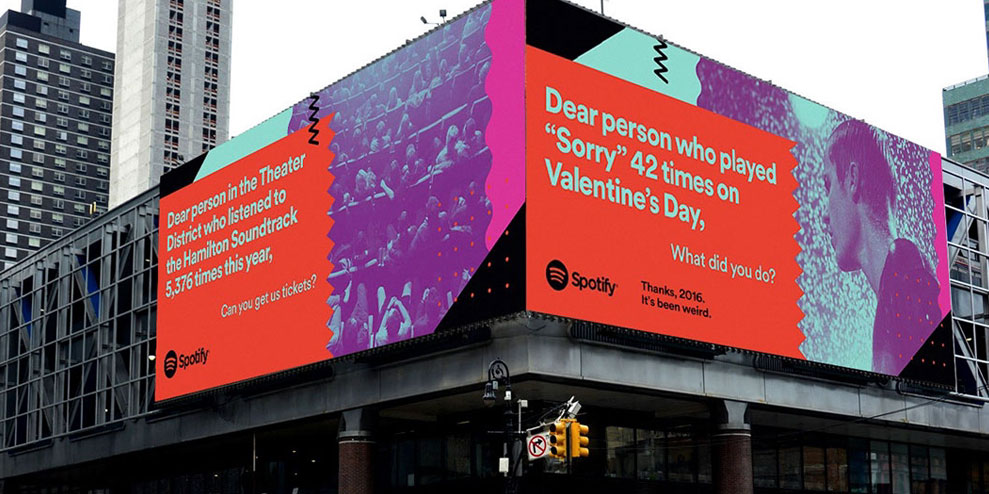Earlier this year, California-based ad tech startup Firefly received a funding round worth $30 million. The company is focused on one specific facet of ad tech: digital billboards. Even more specifically, they are focused on vehicle-mounted digital billboards (like a techy update to the New York City taxi-top ads we’ve seen for decades).
Until the startup started pushing forward with New York taxis, it had largely worked with individual rideshare drivers. According to Anthony Ha at TechCrunch, the company “works with drivers for Uber, Lyft and other services to install a “digital smart screen” that can run targeted, geofenced advertising from companies like Brex, Segment, Caviar and Zumper.”
In other words, Firefly simply combines two ad tech solutions that already existed: digital out-of-home ads and programmatic platforms based on robust audience data.
It’s a promising move forward for out-of-home advertising. How else is OOH changing with new ad tech?
How Ad Tech is Pushing OOH Forward
It turns out Firefly isn’t the only company to move the needle on digital OOH.
According to Digiday, digital ads represented 29 percent of total OOH revenue – up from 24 percent the year before. “Both demand-side and supply-side platforms are recognizing the potential of the technology, and the influx of digital OOH placements over the last decade has buoyed this shift,” writes Kristina Monllos.
Examples abound. MediaMath, VIOOH, Clear Channel Outdoor, Hivestack and (of course) Firefly are all companies that make buying, selling and measuring OOH impact easier for brands and media companies. And that’s just to name a few. The bigger players are starting to invest in programmatic OOH as well.
Verizon Media, for example, has added digital OOH to its demand-sided platform. The offering will “will allow advertisers to place ads on digital screens in transit shelters, airports, bars, roadside billboards, elevators and more,” writes Erica Sweeney at MarketingDive. “DOOH targeting parameters include location, weather, daypart, demographics and interests, which are all informed by Verizon’s data.”
It’s arguably the attribution that makes programmatic OOH more attractive for the largest advertisers and media players. MarketingDive listed measurement as one of the five biggest OOH trends late last year. The long and short of it is that companies are getting better at collecting mobile and IoT data, translating it into attribution for brands.
What Digital OOH Means for Advertising
Circling around, Monllos at Digiday does write that advertisers should avoid using digital billboards as any other digital placement: “billboards are a specific medium that needs to be used in a specific way.”
Outside of brand safety concerns, ad tech means these OOH campaigns can get even more creative. Firefly recently announced a partnership with AccuWeather, allowing brands to target ads not only on geolocation but also on current weather conditions. “A lot of people are looking at how they can bring some kind of interaction with the physical world into their campaigns, but haven’t had the chance,” Firefly CEO Kaan Gunay told AdWeek. “We’re always all about bringing more innovation to this physical advertising space.”
If you’re heading out in drizzly weather today, be on the lookout for a taxi-top digital ad featuring a hot drink or a cozy sweater.
–
This article first appeared in www.mediaradar.com
Seeking to build and grow your brand using the force of consumer insight, strategic foresight, creative disruption and technology prowess? Talk to us at +9714 3867728 or mail: info@groupisd.com or visit www.groupisd.com

